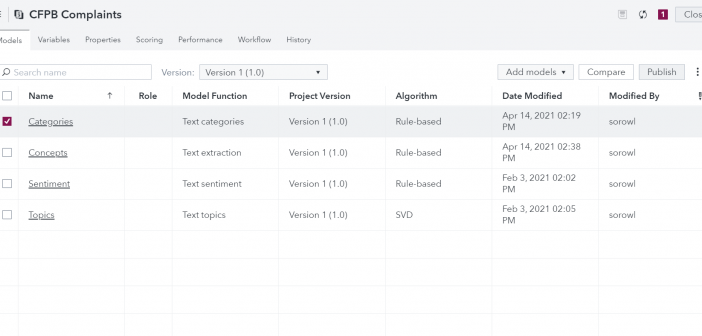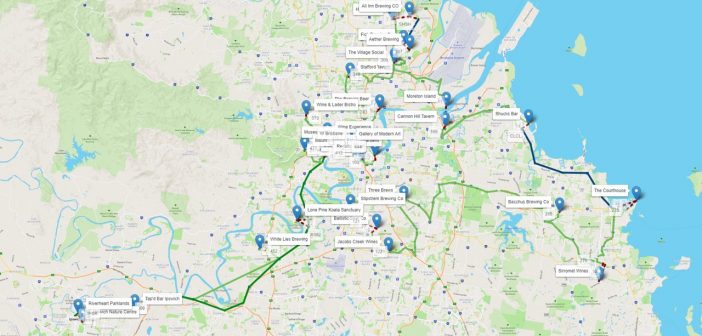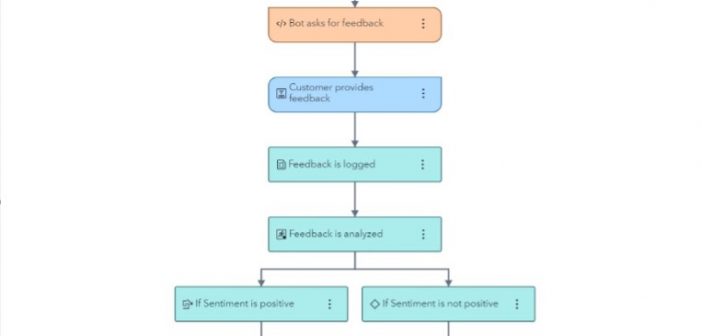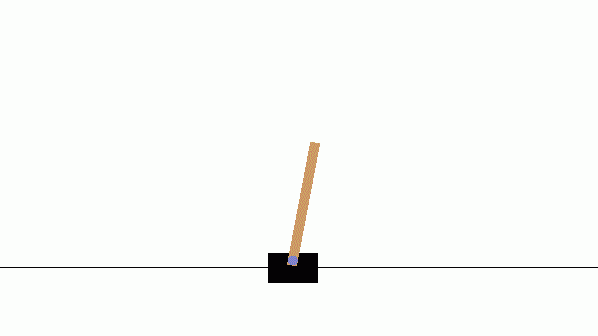
With the release of SAS Viya 2020.1.4, text categories and concept models can now be deployed into production with just a few clicks and used to score data in-batch and via API! You can also now use these models in decision flows.

With the release of SAS Viya 2020.1.4, text categories and concept models can now be deployed into production with just a few clicks and used to score data in-batch and via API! You can also now use these models in decision flows.

Note from Gül Ege Sr. Director, Analytics R&D, IoT: The pattern of training in the Cloud, with your choices of framework and inferencing at the Edge with a target environment, are especially common in Internet of Things (IoT). In IoT, there is a proliferation of hardware environments on the Edge.

A few months ago, I published an article about network optimization and how to find an optimal tour when visiting multiple places of interest by using different types of transportation, like buses, trains, tram, metro, and even walking. For a real-world case, I decided to run these optimal tours in

In the second of two posts spotlighting SAS R&D innovators, SAS' Udo Sglavo interviews Chris Barefoot, Matthew Galati, Courtney Ambrozic and Davood Hajinezhad.

In the first of two posts spotlighting SAS R&D innovators, SAS' Udo Sglavo introduces you to developers Amy Shi, Maggie Du and Phil Helmkamp.

Machine Learning models are becoming widely used to formulate and describe processes’ key metrics across different industry fields. There is also an increasing need for the integration of these Machine Learning (ML) models with other Advanced Analytics methodologies, such as Optimization. Specifically, in the manufacturing industry, SAS explored state-of-the-art science

SAS Conversation Designer is available with every offering that also includes SAS Visual Analytics. Users can easily access Visual Text Analytics capabilities from SAS Conversation Designer with minimum additional configuration.

Linear programming (LP) and mixed integer linear programming (MILP) solvers are powerful tools. Many real-world business problems, including facility location, production planning, job scheduling, and vehicle routing, naturally lead to linear optimization models. Sometimes a model that is not quite linear can be transformed to an equivalent linear model to reduce

A Deep-Q Network (DQN) is a reinforcement learning technique that attempts to model the actions that perform best in each state in real-time.

Chatbots offer another user-friendly conversational interface to the entire SAS Viya ecosystem, bringing together reporting capabilities, analytics and artificial intelligence.